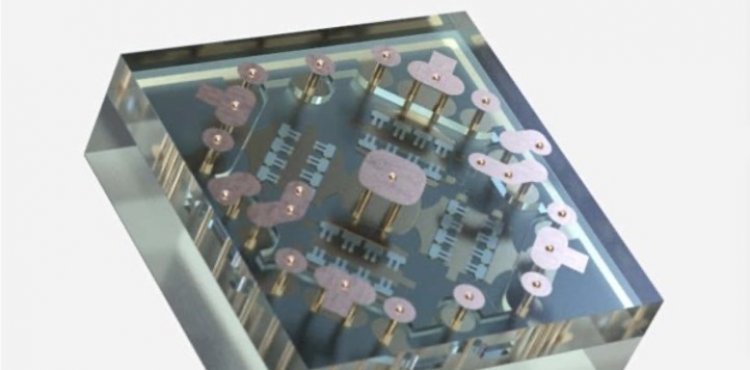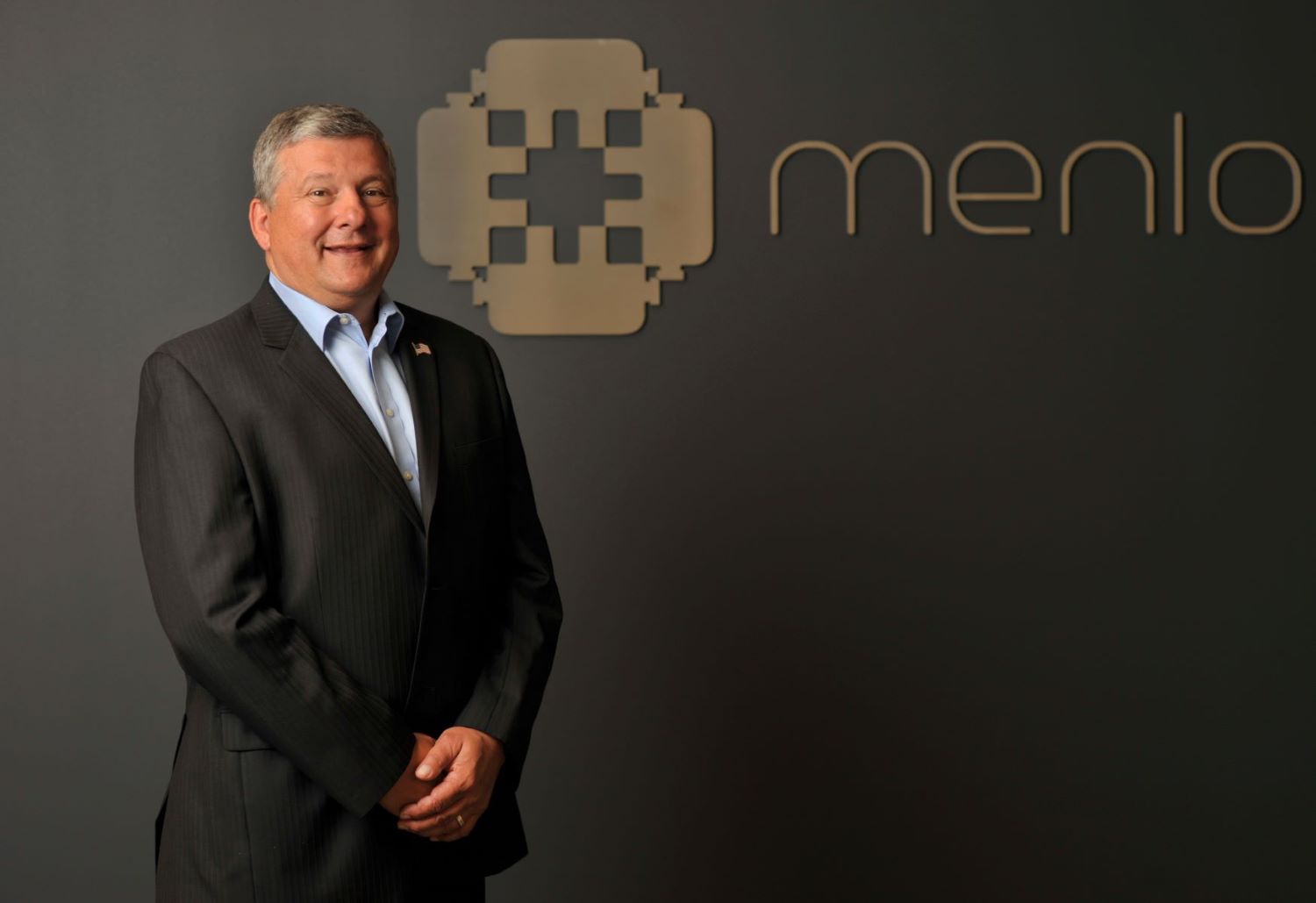Menlo Micro switches on an opportunity for its tech to be in every device you touch
Traditionally, electrical engineers have to choose: high-power switches that are unreliable and slow, or high-speed, high-precision switches that can’t handle that much power. Menlo Microsystems’ Ideal Switch shakes up that paradigm with a new type of switch that completely turns generations of electronic design on its head. The company is tooling up to switch things […]

Traditionally, electrical engineers have to choose: high-power switches that are unreliable and slow, or high-speed, high-precision switches that can’t handle that much power. Menlo Microsystems’ Ideal Switch shakes up that paradigm with a new type of switch that completely turns generations of electronic design on its head. The company is tooling up to switch things up even further, developing what it describes as the “biggest innovation since the transistor”. A bold claim, but, $150 million of fresh investment says that at least a slice of the investment community thinks the company is onto something.
If you’re not an electrical engineer, it’s hard to understand quite how big of a deal the company’s innovation is — and it’s hard to overstate how important this tech may turn out to be. These switches have an enormous impact, making certain types of circuits 100 times smaller and 100 times more efficient. If you’ve ever had to install a smart light switch in your home, you may have noticed that the electronics in there are enormous and that you can only fit the switches in the wall with brute force, vaseline and a lot of swearing. This is because it relies on a relay to turn the power on and off. With this technology, these light switches could be a hundredth of the size and a fraction of what they cost today. In fact, if the company’s tech comes down in price even a little bit, it’s likely that its switches — or their equivalents — will be in use in every installation, building and vehicle you set foot in.
In addition to far smaller footprints, the company claims that the Ideal Switch takes vastly less power to actuate (less than a milliwatt), consumes less power when it’s active, has a remarkably high switching speed (less than 10 microseconds) and are rated for billions of operations, whereas typical switches it replaces can be expected to fail after a few million actuations. All of this means that we’re talking about a vastly different type of component than what has been available before. On top of all that, the company maintains that the component can handle thousands of watts’ worth of power.
The company today announced its $150 million Series C, bringing Menlo Micro’s total cumulative funding to over $225 million. Vertical Venture Partners and Future Shape led the round, with participation from new investors Fidelity Management & Research Company, DBL Partners and Adage Capital Management, along with existing investors. The investment is earmarked for its domestic manufacturing and supply chain expansion.
“Today’s funding milestone underscores the confidence our investors have in Menlo Micro’s transformative technology to fuel the electrification of everything and modernize the $100+ billion market for RF communications, power switching and protection devices in the 21st century,” said Russ Garcia, CEO at Menlo Micro. “It will enable us to expand our manufacturing in the U.S. and accelerate the development of our power roadmap to solve some of the world’s most pressing challenges. We’re positioned to enable the upgrade of the world’s aging power grids, modernize smart buildings and factories, and eliminate many of the inefficiencies in our legacy electrical infrastructure.”
More than 20 billion power-distribution switches are shipped every year, and the company is jockeying for a position to facilitate a sea-change in that vast market.
“The Ideal Switch is poised to replace every switch that distributes power,” said Tony Fadell, who co-led the round wearing his Future Shape hat. He knows a thing or two about switches; he is often described as the “father of the iPod,” and is the founder and previous CEO at Nest. “It’s simple, the Ideal Switch changes fundamental math on power delivery to cities, buildings, homes and appliances from EVs to lights. It will cost less, last longer, act smarter and lower climate-busting emissions thanks to its energy efficiency profile. Menlo Micro is one of the biggest technology disruptors of our generation.”
As the world is moving toward electrification, a technology that promises a vast improvement in efficiency can have an enormous impact. The company illustrates the impact with an example: There are over a billion ceiling fans worldwide. Replacing the existing fan controllers with Ideal Switches would save enough energy to take approximately 17 power plants off the grid.
“As you can imagine, it’s the most ubiquitous device you could come up with. When you have a device that can have orders of magnitude improvements in terms of speed, cost and performance, scaling becomes the biggest challenge. We see a very large amount of growth over the next couple of years,” predicts Garcia. “Our initial growth was really around wireless. That was the lowest hanging fruit, but you’re going to see far more penetration into smart power management and control areas.”

Russ Garcia, CEO at Menlo Micro. Image Credits: Menlo Microsystems
The device isn’t a drop-in replacement for other components, which means that boards do have to be re-tought and redesigned, but the company founders argue that, due to the size difference, a pin-for-pin replacement of existing tech wouldn’t make sense anyway.
“In most cases, the Ideal Switch is a substantially smaller device. If you compare a 20 amp, 240 volt, electromechanical device, or even a solid-state device, you will see a pretty big difference. We can put the same functionality in a 10x20mm plastic package,” explains Garcia. “There are some customers who have taken our device and put it into the old packaging, so the end user of the equipment can take advantage of the reliability and the performance.”
It’s going to be interesting to see what the bottlenecks for Menlo Microsystems are as they ramp up their production, and as competitors start nipping at their heels, but I’m sure of one thing; the consumers (and, ultimately, the environment) are likely to be the biggest winners here.







